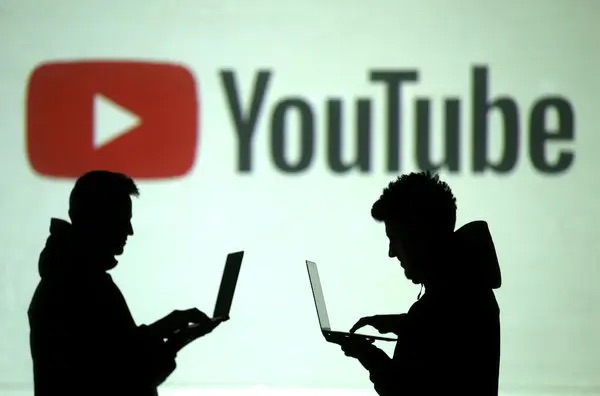In today's educational environment, common practices like take-home tests and essays face obsolescence due to the widespread use of AI tools among students. Educators are noticing that assigning writing outside of class has become synonymous with enabling cheating. ‘The cheating is off the charts. It’s the worst I've seen in my career,’ noted Casey Cuny, an experienced English teacher.
With AI rapidly evolving, the line between legitimate assistance and cheating is increasingly blurred. Cuny raises a compelling question: “What is cheating?” This ambiguity poses significant challenges for schools that must adapt to new technological realities. Strategies to address these challenges vary widely among educators.
For instance, many teachers now conduct most writing activities in class, utilizing technologies that monitor student screens to prevent misuse. In rural Oregon, teacher Kelly Gibson has altered her assessment strategies, emphasizing verbal communication and in-class writing to mitigate the temptation of using AI.
As AI offers students tools for research, editing, and brainstorming, many find themselves uncertain about the ethical implications of their AI usage. College student Lily Brown reflects this conflict, expressing doubts over whether using ChatGPT to outline essays amounts to cheating, particularly given the vague guidelines provided by her institution.
In rich discussions around AI, some institutions have begun drafting detailed new guidelines surrounding AI in educational settings. The University of California, Berkeley, for instance, has encouraged faculty to provide explicit expectations regarding AI use in their syllabi. This guidance aims to mitigate confusion among students and prevent unintentional violations of academic integrity.
As educators and institutions strive to balance the positive potential of AI against its risks, new policies may reshape the educational landscape and define future classroom dynamics.




















